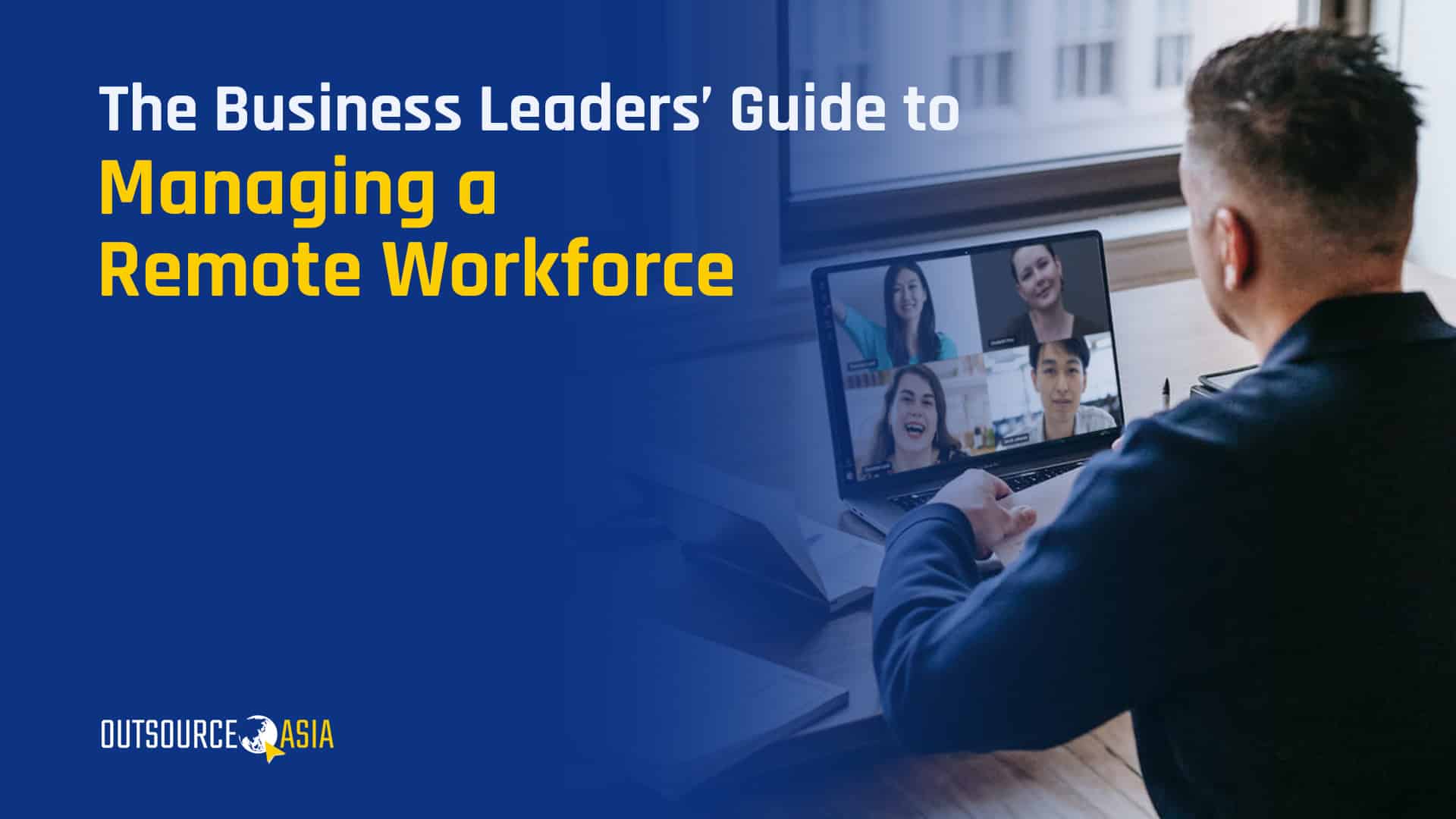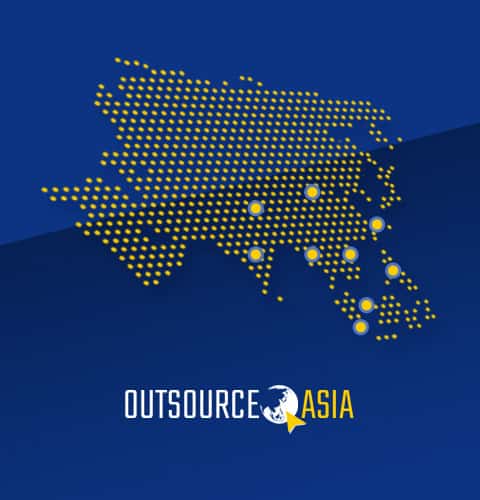
The Business Leaders’ Guide to Managing a Remote Workforce
Companies have rapidly deployed collaboration tools, cloud computing devices, and other cutting-edge technology solutions to enable employees to continue working virtually and prevent business operations from halting during the COVID-19 pandemic, prompting Time magazine to declare such as the ‘world’s largest work-from-home experiment’.
There is no one-size-fits-all plan for managing remote workers; that’s why it is important to put in place remote-work policies and give employees access to remote training tools and programs in advance. This may not be feasible for many organizations which have been forced to go remote in a rush; fortunately, there are specific, research-based steps that business leaders can take without great effort to experience optimal and seamless communication, collaboration, and productivity.
- Implement individualized and intentional mentorship.
In a work from home setting, the best team managers make time to provide individualized coaching and supervision to the employee because they believe that a one-size-fits-all leadership won’t encourage maximum effort and output.Team managers must allow their employees to describe an ideal remote work setup where they can perform best, their specific workflow concerns, as well as their coping mechanism to difficult situations or challenges. - Set realistic expectations early and clearly.
Make expectations crystal clear – from the required quality standard and deadline to technology and resources available – the more detail, the better. When employees have a clear understanding of the hows and whys of their job description and workload, it has a positive impact on their level of engagement and productivity. - Communicate, communicate, communicate.
Explore and take advantage of digital tools that will support and encourage communicating proactively and intentionally. It’s like filling the gap on all those missed hall conversations or water cooler chats, especially for employees who are used to having lots of interaction to keep their energy up or get the creative juices flowing. More than that, the time spent in virtual small talks can help ease any mental burden associated by the pandemic and maintain their trust in your leadership. - Maximize your existing workforce skill set and resources
Take advantage of tools, expertise, and systems that are already in place to develop healthy and effective virtual teamwork and allow your organization to expand your remote working capabilities. - Create a long-term digital vision and objectives for the company
Identify the immediate needs you have to address and learn which best practices are necessary to help your organization scale your digital work and encourage employees to accomplish better virtual tasks in quantity and quality. - Initiate a people experience study
Understand what it takes to build and sustain an amazing and thriving remote workforce to bring out the best in people and enable them to stay engaged and innovative, no matter where they are located. - Make sound investment choices
Use your initial learning from the pandemic to drive powerful, intentional investments in technology, people, and systems. This will prop your business up against future threats and competitors. - Measure performance and success with data-driven benchmarks
It is crucial to monitor the value of decisions made and outputs delivered to pinpoint areas for improvement or strengths on which to focus. Data-driven benchmarking results in better decisions over time and help you ramp up your business reputation to stakeholders.
Create and Sustain a Corporate Culture For Remote Workers in 5 Ways
- A revolutionary, remote-friendly corporate culture is one that allows everyone to cultivate the best work environment for the team across all generations, platforms, and time zones. In this new age of technology – and amidst a global pandemic – a genuine and an admirable corporate culture is possible (and sustainable!) even while employees are within a work-from-home setting. Here’s how.
- Incorporate a healthy dose of meetings, events, and other forms of virtual gatherings – whether as a whole organization, by teams, or one-on-one sessions – where people can communicate and share about work matters and/or non-work-related issues. Lots of thank you’s, two thumbs up, and ‘virtual’ pat on the back also help!
- Encourage employees to take ownership over their work and results – allowing flexibility and accountability to go hand in hand. This way, work life balance doesn’t have to sound like it’s always a competition between these two!
- While it makes sense to demand responsibility, honesty and transparency from all remote workers, empathy is everything. Always assume positive intent to minimize or eliminate potential misunderstanding.
- In lieu of face-to-face team building activities, promote an ‘exercise hour’ where everyone can work out to take mind off of work and be mindful about health and fitness. Nothing too strenuous though!
- For company owners and founders, your vision and conviction greatly influence your corporate culture. Be intentional in highlighting influential figures in your life because these may create opportunities for your remote workers to come out of their shells and become leaders within your organization.
While the global pandemic won’t be an issue forever, managing a remote workforce will be. Invest in learning about leading a remote workforce and building a strong remote-work culture to set the business up for growth and success. Schedule for FREE CONSULTATION to find out more.


